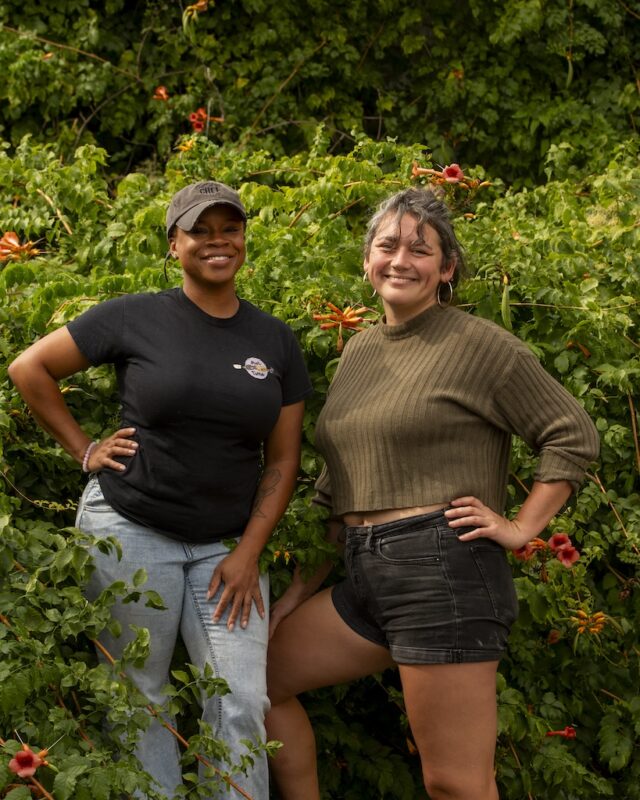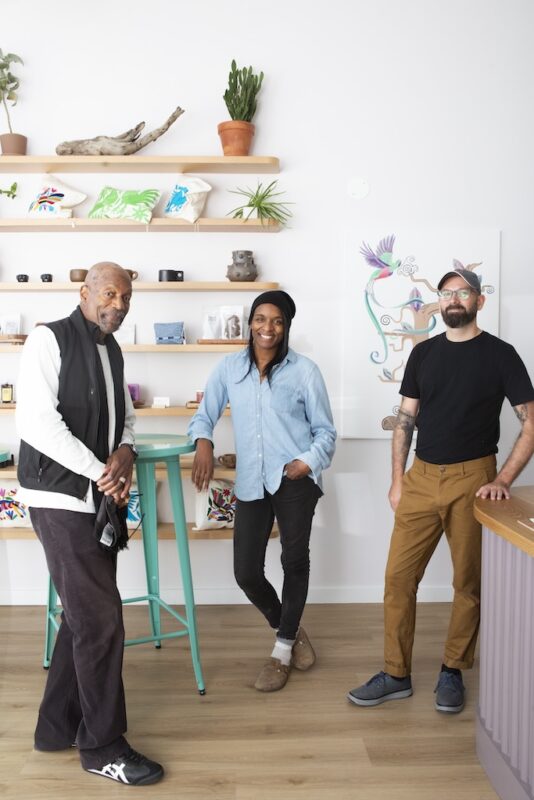Your senses become more aware of your surroundings when you step into a restaurant. Your eyes move around the room, seeing every detail, decor, people’s faces, their interactions, their plates. You start smelling the food, and listening to the background music and people talking, enjoying their time. You start forming a connection, a feeling, a memory, and that is when you decide if you want to experience their food.
Both traditional cooking and fusion play a big part in Baltimore’s dining scene, the large immigrant population allowing people to experience different types of traditions such as Ethiopian, Japanese, Korean, Salvadoran, Mexican, Italian, Indian, Venezuelan, Italian, Peruvian, etc. Most of those restaurants prefer to keep their traditional plates and ingredients, but finding those ingredients may be limiting or difficult to obtain, prompting chefs to experiment and innovate to attract more customers. This is why I decided to explore the city to find a some of the chefs and restaurant owners who use their culinary passions to impact the communities that they live in, using traditional ingredients as well as those available in creative ways.
The executive chef of Indigma, Tony Chemmanoor, allowed me to immerse myself in a state of enjoyment and fulfillment through every bite, smell, and taste, from the tandoori chicken, tikka masala, chickpeas, lentils, rice, vegetables, rice pudding, and gulab jamun (honey bomb).
I also learned about some of the history and techniques of Indian cuisine, such as how to make naan, and about the different types of cuisine from each region of India. Although Chemmanoor is interested in keeping traditional Indian plates, he is also allowing space on his menu to shake things up with different ingredients. The process of developing the plates is a major step in how to build a connection through food, since he does a lot of tryouts first, and then asks the customers for feedback.

Maria Sanchez: What food traditions are you bringing together and how did you decide to combine different types of food? What does fusion mean to you and what rules do you follow in creating your recipes?
Tony Chemmanoor: Our restaurant features an innovative way of cooking, not fusion per se. We see ourselves as a modern Indian restaurant with a lot of new flavors never composed before—to make one unique result. We use traditional Indian cooking techniques and spicing in order to get that “Indianness” in the flavor. At the same time, we keep the dishes’ “wow” appeal to the eye and pleasure for the taste buds.

Who taught you to cook or inspired your love of cooking?
My first lessons were learned from my Mom’s cooking. She discovered a future chef in me by making me the official taster of the home. I was only 4 years old then.
Why did you choose those colors and decorations for the restaurant?
We used warm curry colors in our restaurant. Mustard, turmeric, saffron, mint and aubergine! Colors that are pleasing to the eyes. India is a land of vivid colors, the aroma in the air intoxicates the senses while music touches the cords of your soul. We want every person to transport themselves to the exotic land of India.
What are your favorite ingredients to work with?
I am a big fan of the spice coriander. It can work well with many other spices and ingredients that keep the earthy flavors in the dish. For example, roasted coriander and coconut can make anyone hungry.

What is your most popular dish? Why do you think so and was this a surprise?
Some of the popular dishes are curry leaf chicken and Gobi Manchurian. This is really a surprise to me since these dishes are a little on the hot side.
How has Baltimore impacted your cooking and your business decisions?
It has impacted a great deal since we were in the midtown business district for well over three decades and not being there for almost two years [they moved a few blocks, from Charles Street near the George Washington Monument, to Cathedral Street] had created a vacuum for the regulars and rediscovering that we are back in business has a big impact on the community and surrounding areas. We are glad that we are back to cater to our loyal customers and chatting with them about what is happening in their lives as well as in ours. A tradition continues!





Indigma
900 Cathedral St., Baltimore, 21201
indigmabistro.com






